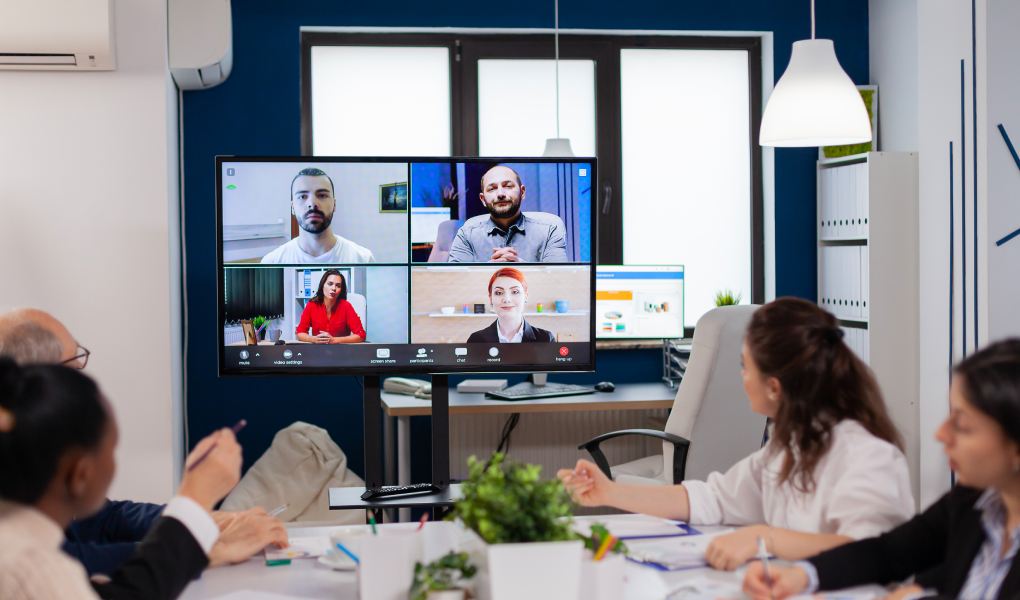Whether you call it meeting equity or proximity bias, this gap is becoming an increasingly important challenge in the hybrid workplace.
With the increasing number of people working remotely and hybrid meetings becoming more commonplace, ensuring meeting equality is now an even more significant concern.
Table of Contents
Audio
The video has joined audio as the standard for collaboration in the workplace, so an equitable meeting experience needs to include reliable video capabilities for every participant.
Despite a strong push toward remote work, many remote participants have yet to experience the same quality of videoconferencing as their in-office peers. This has resulted in an extreme imbalance in meeting equity between in-office and remote attendees.
To address this problem, companies must consider how their meetings will evolve and proactively plan for technology solutions to eliminate barriers for remote and in-office meeting participants. In addition, they need to focus on training and culture that promotes a seamless, collaborative environment for meetings across locations.
Visual
The challenge of ensuring an equitable experience has grown with the rise in hybrid meetings. This is because remote workers often feel that their video meetings could be more inclusive than face-to-face ones, a feeling reinforced by legacy technology and the lack of adequate training and culture to promote a welcoming environment.
Thankfully, many new technologies like Neat have been introduced to help improve this problem. Some are even targeting their solutions toward achieving a similar experience for both in-room and remote participants.
One such solution is Zoom which uses artificial intelligence to detect individual faces in a shared room and pull them into panes on the screen so remote participants can see their colleagues’ faces from afar. Another solution is to make remote participants full-sized, giving them a sense of presence in the meeting room and enabling in-person attendees to accept them as fully engaged members.
Collaboration
Collaboration is a critical part of working together in any organization. It helps teams learn new skills and techniques from each other, which contributes to their overall personal and professional development.
It also challenges team members to articulate, learn and think about their competencies, which helps them build self-awareness.
In addition, effective collaboration can make a difference in how your team works and solves problems. It can help alleviate pressure and reduce employee burnout, allowing them to focus on their work and deliver quality results.
Meeting equity is critical to creating equitable video meetings and ensuring all participants are heard. This is especially true in hybrid meetings involving a mix of remote workers and office-based employees.
Inclusion
Meeting equity is the ability to ensure all participants in a virtual meeting have an equal opportunity to contribute. This is particularly important as the hybrid workforce grows, bringing remote and at-home workers into the mix.
To achieve meeting equity, you must ensure all employees feel included and respected in the workplace. This includes creating a company-wide inclusion council consisting of eight to ten employees and managers who work together to implement policies and programs to promote inclusivity in the workplace.
In addition, you must address the challenges of working remotely by implementing technology to bridge the small gap. For example, offering a remote option to join meetings means that all participants have the same level playing field and can easily share information.
Also Read: Tips To Create Diverse, Equitable, And Inclusive Online Training Programs



